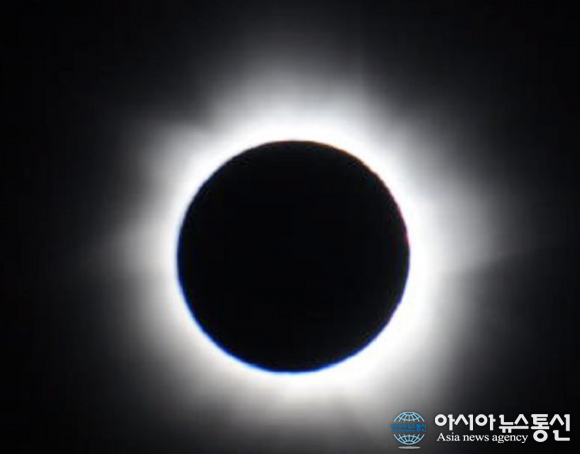 |
| Photo By: NASA Goddard Space Flight Center / Flickr |
The majority of Americans have marked August 21, 2017, as an important date since this will be the day that North America will be treated to a total solar eclipse. Yet, why is it that a certain celestial event has attracted many people, particularly eclipse enthusiasts?
For starters, a solar eclipse is an event that occurs when the Moon passes between the Sun and Earth and blocks all or part of the sun for a maximum of three hours. The longest period so far was about two minutes and 40 seconds. The last time that the US witnessed a total eclipse was in 1979.
An eclipse is a natural phenomenon, yet some ancient and modern cultures believe that the event is a bad omen. For those who are not familiar with its astronomical explanation, a total solar eclipse can be a scary sight.
At present, only those who reside in North America can witness this upcoming natural phenomenon, while parts of South America, Africa, and Europe would see a partial solar eclipse.
A Solar Eclipse has four varieties:
1.) Total Eclipse - Occurs when the Moon's dark silhouette completely blocks the Sun's bright light, permitting the much fainter solar corona's visibility.
2.) Annular Eclipse - Happens when the Sun and Moon are exactly in line with the Earth, yet the Moon is smaller than the Sun in this state. Here, the Sun is distinguished as a very bright ring that surrounds the Moon's dark disk.
3.) Hybrid Eclipse - It shifts between a total and an annular eclipse. This variety is notorious for its rarity.
4.) Partial Eclipse - Here, the Sun and Moon are not in line with the Earth, while the Moon partially blocks the sun.
Central Eclipse
It is frequently used as a term for either a total, annular, or hybrid eclipse, yet this is not exactly correct. Rather, a Central Eclipse occurs when the umbra's central line touches the Earth's surface. Despite its rarity, it is possible that part of the umbra intersects with the Earth, leading to either an annular or a total eclipse. The last non-central solar eclipse occurred on April 29, 2014.
A Total Eclipse's phases are named:
- First Contact - the Moon's limb (edge) touches lightly the Sun's limb.
- Second contact - it begins with the Baily's Beads and the diamond ring effect.
- Totality - the Moon blocks the Sun's entire disk, leaving the solar corona as the only visible element.
- Third Contact - the first bright light can be seen and the Moon's shadow is leaving the viewer's sight.
- Fourth Contact - Moon's trailing edge stops to overlap with the solar disk, concluding the eclipse.
Duration
How long will a total solar eclipse lasts will be based on these elements:
1.) The moon being almost exactly at perigee
2.) The earth being very near aphelion
3.) The eclipse's midpoint being very close to the earth's equator
4.) The eclipse path's vector at midpoint of the eclipse, positioning itself with the vector of the earth's rotation.
5.) The eclipse's midpoint located near the subsolar point
It is determined that the longest eclipse will occur on July 16, 2186, with seven minutes and four seconds over northern Guyana.
Sight for Sore Eyes
NASA would recommend future viewers not to look directly at the sun without the right protective gear. The eclipse can critically damage the eyes. Fortunately, there are various methods that can be applied to safely view the sun's eclipse. One is direct viewing, which can be done with the use of a filtering device, while indirect viewing involves the projection of a sun's image onto a screen.
Additional tip
NASA has also posted, through their website, a list of locations and timelines to determine where and when people can see this phenomenon.

